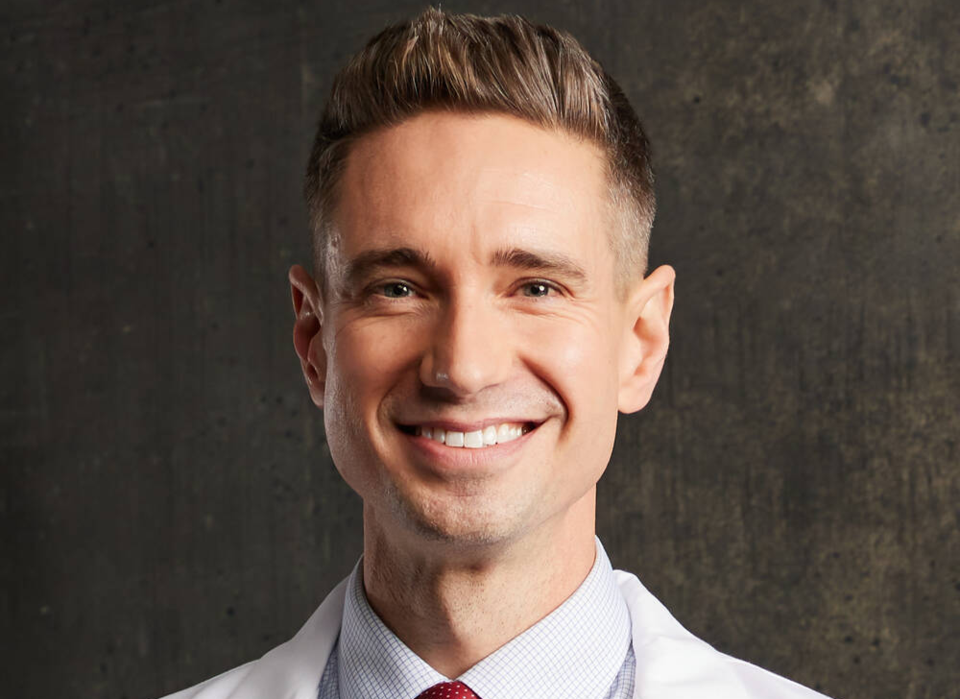Health
Tailored Messaging Essential to Prevent Youth Drug Overdoses

A new perspective on preventing illicit drug overdoses among youth emphasizes the need for tailored messaging. According to research by Dr. Scott Hadland, a pediatrician and public health expert at Harvard University, traditional risk messages about opioid use often fail to resonate with young people. This demographic does not typically identify as “people who use opioids,” which can lead to a disconnect in communication about the dangers of drug use.
Dr. Hadland’s insights come amidst a troubling rise in overdose deaths linked to opioids among younger populations. The Centers for Disease Control and Prevention (CDC) reported that overdose deaths among individuals aged 15 to 24 increased by approximately 49% from 2019 to 2021 in the United States. This alarming trend underscores the urgency of developing effective public health strategies to address the crisis.
Understanding the Disconnect
Dr. Hadland argues that the conventional messaging surrounding drug use often does not align with the perceptions of young people. He points out that typical campaigns focus on the dangers of drug use without considering how youth view themselves. This disconnect means that many young people may dismiss warnings about opioid use as irrelevant to their lives.
To combat this issue, Dr. Hadland advocates for a more personalized approach. By framing messages that resonate with the unique experiences and identities of young people, public health officials can create more effective prevention strategies. For instance, campaigns that emphasize the emotional and social consequences of drug use might be more impactful than those focusing solely on statistical risks.
Innovative Approaches to Messaging
In light of these findings, several initiatives are being developed to tailor messages specifically for youth. These initiatives include interactive social media campaigns and community-based programs that engage young people directly. By leveraging platforms where youth already spend their time, these strategies aim to foster a sense of understanding and connection.
Dr. Hadland emphasizes the importance of incorporating young voices into the conversation. “When young people feel that their views are respected and represented, they are more likely to engage with the message,” he notes. This approach not only raises awareness but also promotes open dialogues about drug use and addiction.
Public health agencies are also encouraged to collaborate with educators, parents, and community leaders to create a comprehensive support network. By working together, these stakeholders can ensure that young people receive consistent and relatable messages about the dangers of drug use.
The fight against the opioid crisis requires innovative thinking and a commitment to understanding the perspectives of those most affected. As Dr. Hadland’s research indicates, shifting the focus from traditional risk messaging to personalized communication could be a crucial step toward reducing the alarming rates of drug overdoses among youth.
In conclusion, addressing the opioid crisis among young people necessitates a change in how messages are conveyed. By understanding their audience and crafting relevant, relatable communications, public health officials can better protect youth from the dangers of illicit drug use.
-

 World4 months ago
World4 months agoScientists Unearth Ancient Antarctic Ice to Unlock Climate Secrets
-

 Entertainment4 months ago
Entertainment4 months agoTrump and McCormick to Announce $70 Billion Energy Investments
-

 Lifestyle4 months ago
Lifestyle4 months agoTransLink Launches Food Truck Program to Boost Revenue in Vancouver
-

 Science4 months ago
Science4 months agoFour Astronauts Return to Earth After International Space Station Mission
-

 Technology2 months ago
Technology2 months agoApple Notes Enhances Functionality with Markdown Support in macOS 26
-

 Top Stories3 weeks ago
Top Stories3 weeks agoUrgent Update: Fatal Crash on Highway 99 Claims Life of Pitt Meadows Man
-

 Sports4 months ago
Sports4 months agoSearch Underway for Missing Hunter Amid Hokkaido Bear Emergency
-

 Politics3 months ago
Politics3 months agoUkrainian Tennis Star Elina Svitolina Faces Death Threats Online
-

 Politics4 months ago
Politics4 months agoCarney Engages First Nations Leaders at Development Law Summit
-

 Technology4 months ago
Technology4 months agoFrosthaven Launches Early Access on July 31, 2025
-

 Top Stories2 weeks ago
Top Stories2 weeks agoFamily Remembers Beverley Rowbotham 25 Years After Murder
-

 Top Stories5 days ago
Top Stories5 days agoBlake Snell’s Frustration Ignites Toronto Blue Jays Fan Fury


















